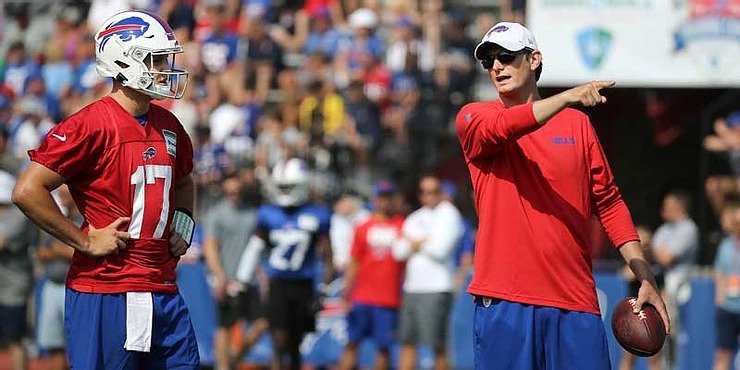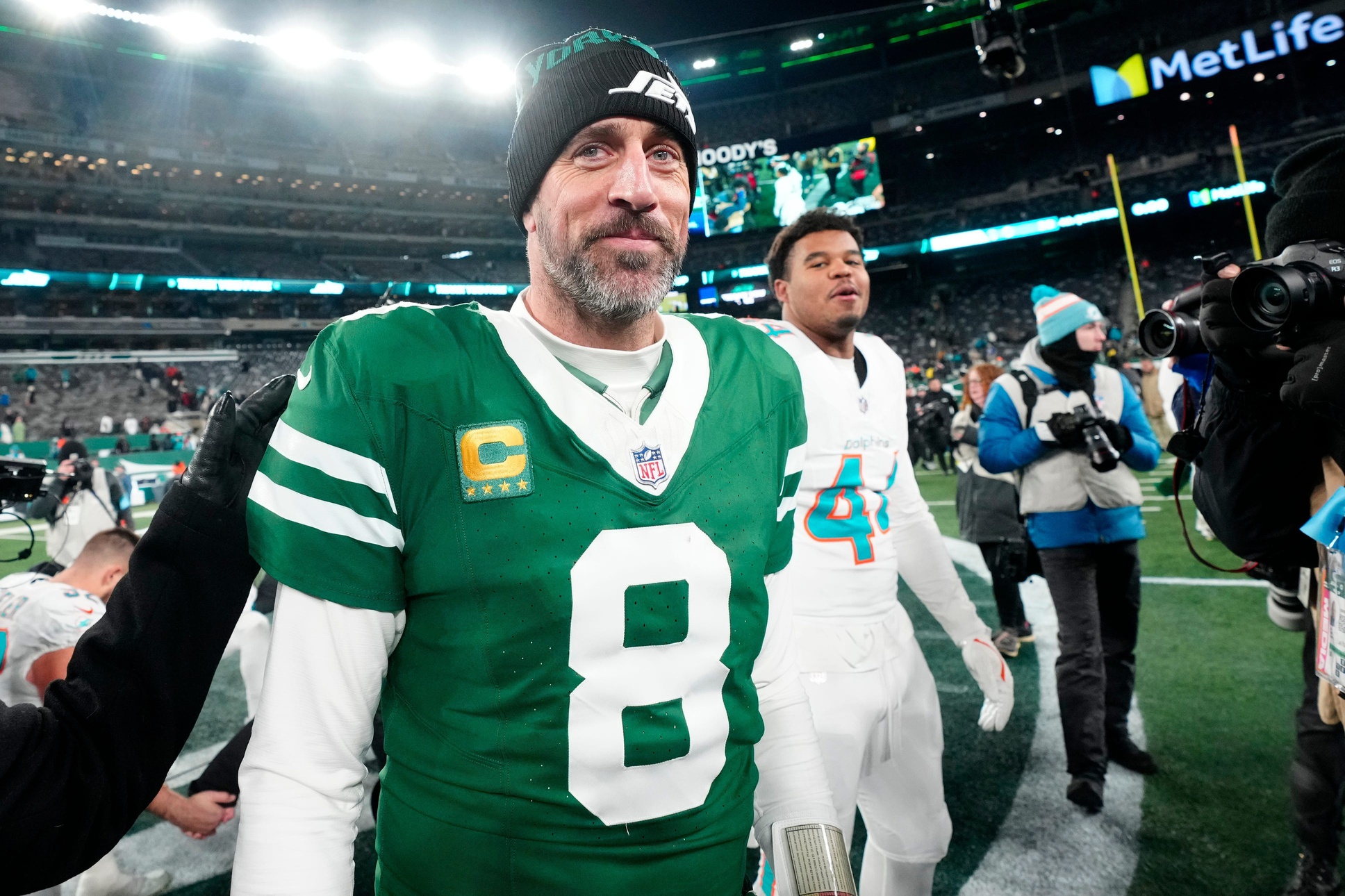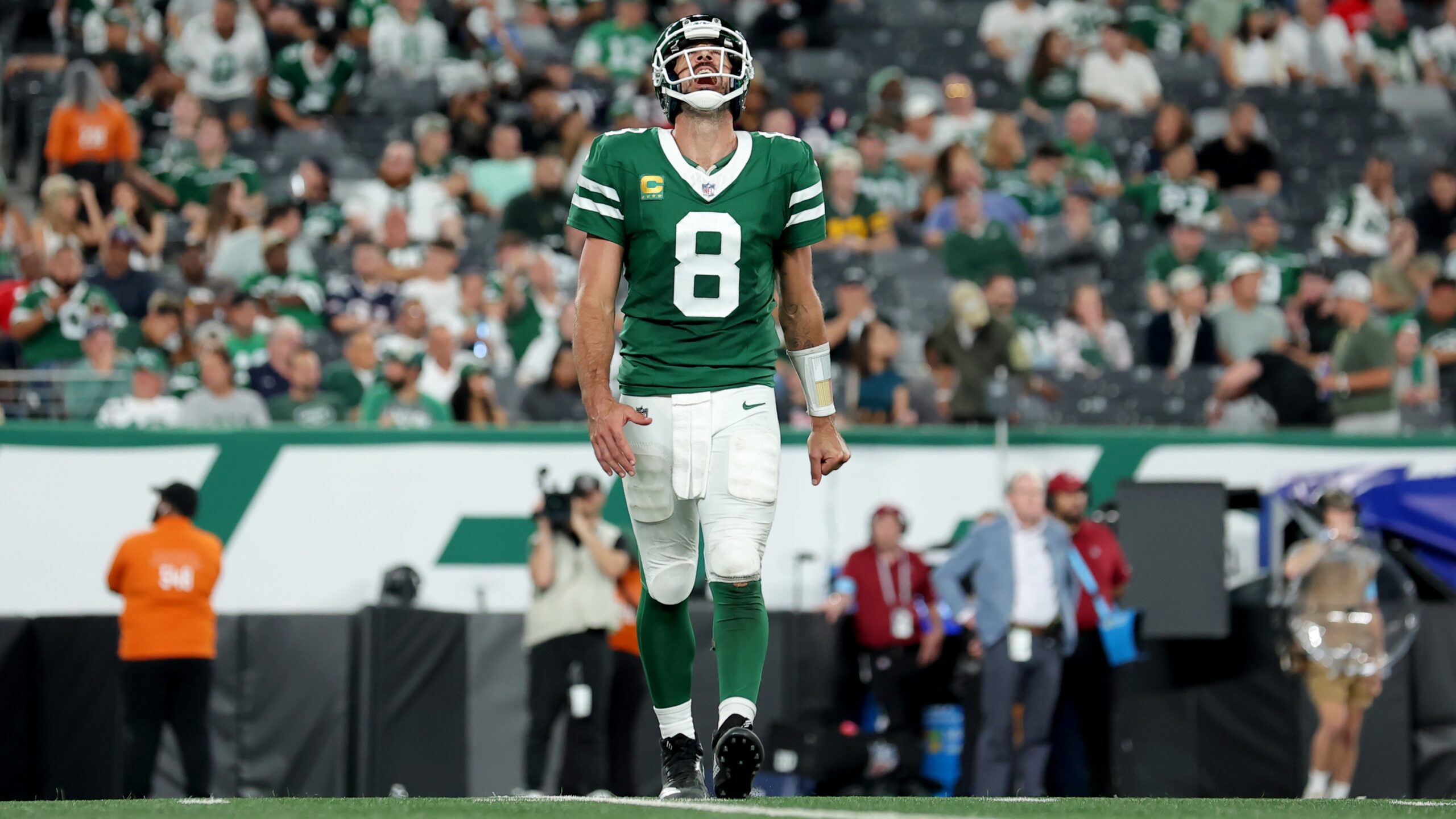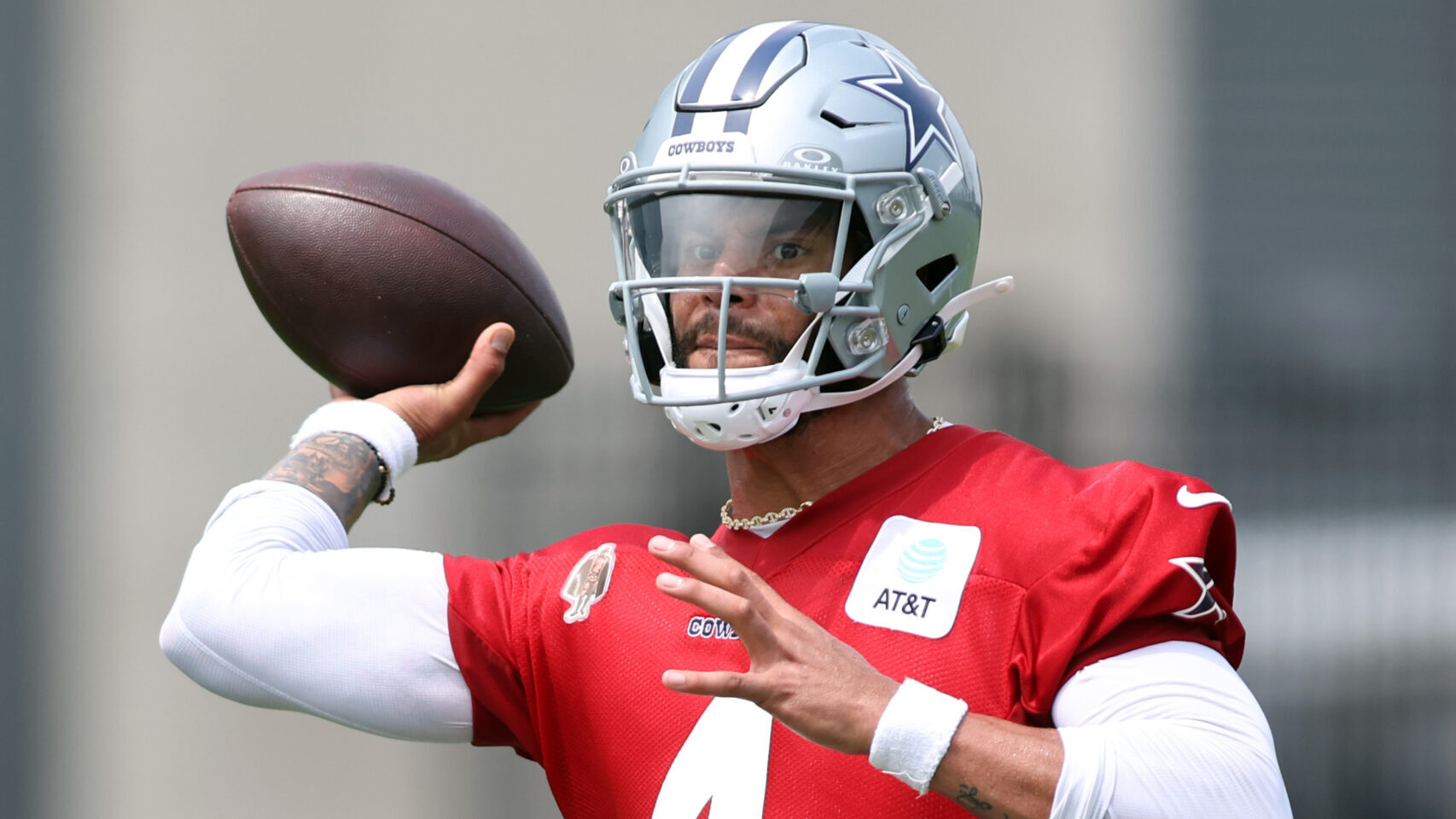Analysis
3/23/21
6 min min read
Who Are the Top Offensive Assistant Coaches in the NFL and College?

By Peter Engler and Robert Simpson
An assistant coach’s impact on his team can be difficult to quantify. If there is already established talent in place on a roster, just looking at the team’s performance may overstate the value of the coaches on that team’s staff. The reverse can also be true, as a middling team may have good coaches but a deficit of talent -- and this gap may not be reflected by simply looking at performance in a given year.
Instead of just looking at how the team has performed when the coach was on staff, it is important to establish a baseline level of performance for that program. Thus, the coach’s performance must be compared to how the team was performing prior to the coach’s arrival. For this study, a team’s performance was quantified using Expected Points Added, or EPA. A refresher on EPA can be found here.
For each team in NCAA Div. I and the NFL, EPA was calculated on a per-play basis for each season to account for pace of play. It was also broken down into EPA per rush and EPA per pass, so that coaches whose position groups are primarily involved in only one phase of the game (such as WR coaches mainly impacting the passing game) could be judged appropriately. NCAA teams only counted games against other FBS teams, so as to limit inflated performances against FCS teams.
Then the EPA per play of the coach’s current team was averaged for the three years prior to his arrival to establish a baseline of performance. This baseline was compared to the team’s average EPA per play of the first three years of the coach’s tenure there (or as many years as he has been with the team if less than three). The more a team’s EPA per play increased during the coach’s tenure over the baseline before he arrived, the better the coach was judged to be.
This system of grading coaches is not perfect, and could be impacted by an influx of talent just as the coach is arriving to the team, but the majority of the coaches who were highly ranked by this system have been recently promoted or hired away by other teams. Here are five of the top-ranked NFL and NCAA coaches who remained with their team this offseason and are likely to be popular names in the next coaching carousel.
NFL
Ken Dorsey, Bills QB coach
After a heralded career as a national champion at Miami and five years in the NFL, Dorsey spent a few years in the CFL and scouting for Carolina before landing as the quarterbacks coach with the Panthers for Cam Newton’s third season. Five years, an MVP and a Super Bowl berth later, Dorsey left and popped up next on the NFL radar in 2019 with his current role coaching QBs for the Buffalo Bills. QB Josh Allen’s stark and continued improvement has been much-discussed since the Bills’ first playoff win in 25 years.
Chad O’Shea, Browns Passing Game Coordinator/WRs Coach
Cutting his teeth with the University of Houston, Chad O’Shea was well-traveled before spending 10 years with New England as their WRs coach during a span where they never drafted a wide receiver higher than 59th overall, yet were top-six in scoring offense every year. Landing with Cleveland in 2020, the Browns won their first playoff game since 1994 behind their best-ranked offense in over a decade.
Luke Getsy, Packers Passing Game Coordinator/QB Coach
The Packers have trusted Luke Getsy with a lot, giving him four different offensive roles in his six years with the team. Although it’s tough to improve on the surefire Hall of Famer Aaron Rodgers, Getsy has spent only two seasons directly with Rodgers and manufactured two Pro Bowls, an MVP and one of the best statistical seasons ever seen from a QB. If more proof is needed, the 2016 and 2017 seasons where Getsy was the WRs coach for Green Bay resulted in the first two premier seasons from a young Davante Adams as well as a 1,200-yard campaign from Jordy Nelson, who was returning from a torn ACL.
James Urban, Ravens QB Coach
Brought to Baltimore with the drafting of Lamar Jackson, all James Urban has done is take a rookie QB on the bench to a 6-1 record, then let his protege loose for an MVP season. Jackson has taken great strides as a passer since his 57% completion rate in college (64% in the NFL), while continuing to put up thousands of yards on the ground, and Urban has successfully implemented his knowledge from coaching Donovan McNabb and Michael Vick. Even more, in seven years with Cincinnati as the WRs coach, he got A.J. Green to seven straight Pro Bowls, starting his rookie year. Green hasn’t been back since Urban left.
James Saxon, Cardinals RB Coach
With 29 years in the NFL as a player and coach, James Saxon has been around for a while, but that shouldn’t take away from his accomplishments and his ability to continually get the best out of his players. Since getting a career year from rookie Shawn Bryson in their first season together in Buffalo, Saxon led Priest Holmes to three straight All-Pro Seasons and got two Pro Bowls out of Larry Johnson before getting a Pro Bowl season from Ronnie Brown in Miami and the last 1,000-yard campaign of a 32-year-old Ricky Williams. Ensuing stops with Adrian Peterson (including the 2,000-yard season) and Le’Veon Bell’s dominant Pittsburgh stretch show the fingerprints that Saxon has left over the past two decades of the NFL. He’s spent the past two seasons in Kliff Kingsbury’s highly-anticipated Air Raid offense, leading top-10 rushing attacks each time in Kenyan Drake’s best two years to date.
NCAA
Andrew Sowder, Kent State Offensive Coordinator
Hinting at his promise by coaching Bowling Green’s All-American WR Roger Lewis to the nation’s second-most receiving yards and third-most receiving touchdowns in 2015, Andrew Sowder joined Kent State in 2018 and immediately improved the offense by 11.2 points and 108.4 yards per game. By 2019, he was leading the third-best offense in program history, frequently winning in shootouts behind QB Dustin Crum, completing 69% of passes with a 20:2 TD:INT ratio and the program’s first ever bowl victory. In a shortened 2020, Kent State blew the roof off opposing defenses with the nation’s number one scoring (49.8 points per game) and number one total offense (612.5 yards per game) behind a four-headed rushing attack, as Crum’s efficiency improved to 73.5% completion rate and 12:2 TD:INTs.
Brian Hartline, Ohio State WR Coach
Although he's better known for his NFL career, Hartline has led a ludicrous improvement in the Ohio State receiving corps (by EPA), based on improved recruitment and coaching ability. With record production from his position group behind school-record-holders K.J. Hill (career receptions) and Parris Campbell (season receptions), Hartline has sent three receivers to the NFL, the above two and Terry McLaurin, with several more soon to join. In 2020, WRs Chris Olave and Garrett Wilson both almost doubled their per-game production over their 2019 campaigns as both were top-10 in the Big Ten for receptions, receiving yards, and receiving touchdowns en route to reaching the National Championship Game.
Phil Longo, North Carolina Offensive Coordinator
It may feel much longer, but Longo has only spent two years at UNC and is only six years removed from coordinating the D-II Slippery Rock offense. Longo helped Mack Brown get the team back to its first New Year’s Six bowl since 2001. With the nation’s ninth-ranked scoring offense and fifth-ranked total offense in 2020, including top-20 seasons for both passing and rushing, Longo has restarted UNC’s pipeline of talent to the NFL and could see as many as six of his current offensive skill-position players drafted after their college careers end.
Tony Elliott, Clemson Offensive Coordinator
In the 109 years of the Clemson football program before Tony Elliott’s arrival, the team has reached the No. 1 ranking a single time and appeared in a grand total of one national championship game, a victory in 1981 over Nebraska. In the 10 years since Elliott’s entrance in 2011, they’ve had six separate seasons with the top spot, appeared in four title games, and captured three championships. With a background as Clemson’s RB coach, Elliott has shown the ability to adapt to the strengths of his players, leading passing attacks under Deshaun Watson and Trevor Lawrence or rushing offenses with Travis Etienne, Wayne Gallman and Andre Ellington.
Mike Carney, Charlotte Offensive Coordinator
In direct contrast to Clemson’s long history, UNC-Charlotte finished only its sixth year of football in 2020. Despite the disadvantage of having to compete for recruits with schools that have much more storied traditions, Mike Carney has been building an offense that can compete with those bigger programs in North Carolina, setting the school record for wins and taking the team to their first-ever bowl game in his initial year using a multi-faceted offense that matched over 200 yards per game through the air with over 200 yards per game on the ground – and doing so behind a former walk-on QB. Prior to Charlotte, Carney ran Virginia State University’s offense for four years, over which time the team was 29-12 and won the







